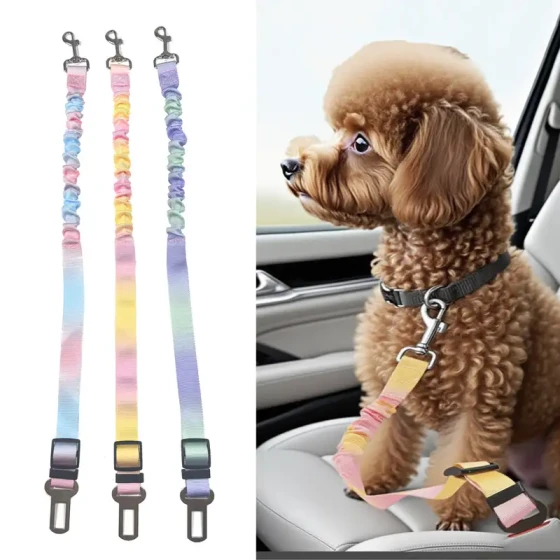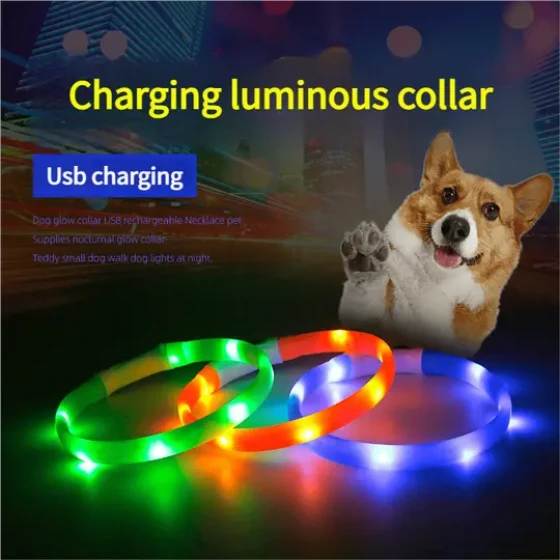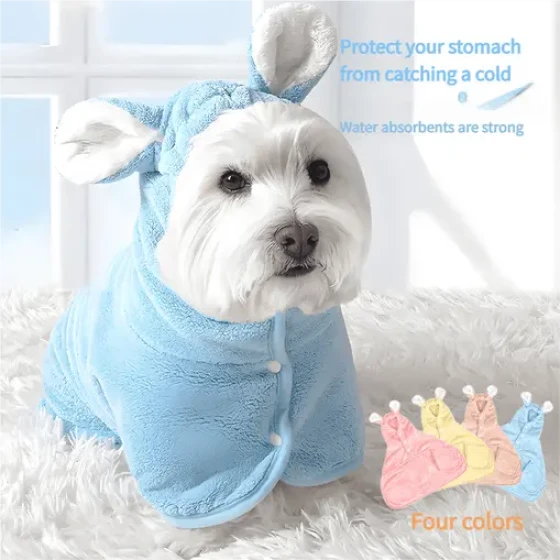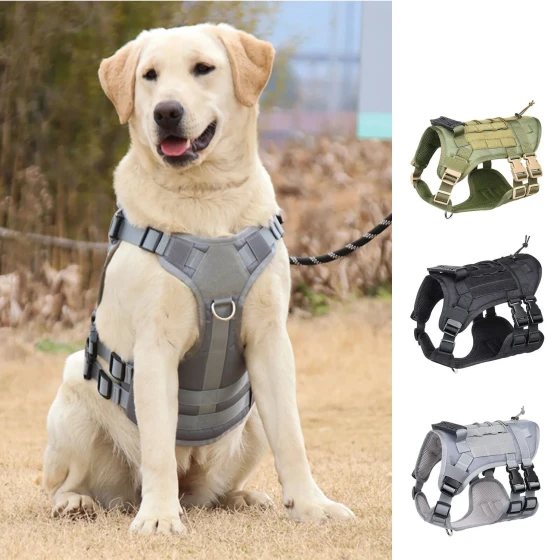What is the Best Food for Pet Dogs?
The total amount of various feed consumed by a dog within a 24-hour period is called the dog's daily ration.
Foreign countries mostly feed dogs with commercial-type feed, which can be purchased from the market. This type of feed is scientifically formulated as a complete feed, has good palatability, comprehensive nutrition, is easy to digest and absorb, and is also very convenient to use.
Generally, it is divided into three types: dry feed, semi-moist feed, and canned feed.
(1) Dry feed has low moisture content and comes in granular, cake, coarse powder, and expanded feed forms. This feed can be stored for a long time without refrigeration, but adequate drinking water should be provided when feeding.
(2) Semi-moist feed contains 20-30% moisture, generally made into small cakes or granules, sealed in bags, contains preservatives, does not require refrigeration, but should not be stored for too long once opened.
(3) Canned (wet) feed has a moisture content of 74-78%, made into various canned dog food, contains all necessary nutrients, has good palatability, and is the most popular dog feed.
Currently, only a few units in our country produce commercial dog feed; most are home-made, which can easily cause nutritional deficiencies or nutrient loss due to improper preparation methods, or certain diseases due to dogs' picky eating habits.
To ensure healthy growth of dogs, it is still very necessary to mix various feeds in certain proportions according to their nutritional needs to make a nutritionally balanced daily ration.
Care for Dogs - The Best Diet for Dogs
Below are some simple daily ration recipes for dogs for reference only.
-- Recipe 1: 400g meat, 400g grains, 100g vegetables, 5-15g salt, cook these ingredients into food lumps and feed in portions.
-- Recipe 2: 400g meat, 700g rice, wheat, vegetables, etc., 10-20g salt.
-- Recipe 3: 35% rice, 35% cornmeal, 10% sorghum flour, 10% soybean cake, 10% bran, plus 1% salt, 2% bone meal, 6% fish meal, 0.25kg meat, 0.15kg vegetables — Recipe 4: 350g meat, 250g rice, 300g flour foods, 400g vegetables, 100g milk residue, 10g animal fat, 8g cod liver oil, 6g yeast, 60g carrots, 10g salt, 14g bone meal.
Points to note when preparing the daily ration:
First, nutrition must be comprehensive. Choose and reasonably match according to the nutritional components of various feeds and dogs' nutritional needs. First, consider meeting the needs for protein, fat, and carbohydrates, then appropriately supplement vitamins and minerals, prioritizing quality before quantity.
Second, do not feed a single feed long-term to avoid loss of appetite; regularly change the daily ration formula to adjust feeding.
Third, consider the digestibility of food; not all eaten food is fully digested, absorbed, and utilized. For example, the digestibility of plant protein is 80%, meaning 20% is not utilized. Therefore, the nutrient content in the daily ration should exceed the dog's nutritional requirements.
Fourth, emphasize hygiene; feed should be fresh, clean, easy to digest, and moldy or spoiled feed should not be used.
Fifth, pay attention to the calorie ratio in the feed. Feed with high calories can cause the dog to become overweight, affect body balance, and even lead to loss of appetite.
Additionally, all feeds should be processed before feeding to improve palatability, increase the dog's appetite, enhance digestibility, and prevent harmful substances from harming the dog. Raw meat or viscera should be washed with water, chopped, cooked, then mixed with vegetables and briefly boiled to become mixed meat and vegetable soup.
Vegetables should be thoroughly washed to remove dirt and sand. Do not feed dogs raw meat and raw vegetables to prevent parasitic and infectious diseases, but avoid prolonged cooking to prevent significant vitamin loss. Grains should not be rinsed multiple times to make full use of nutrients. Rice can be made into cooked rice, flour into steamed buns, cornmeal into cakes or cornbread, and then mixed with meat and vegetable soup for feeding. Bones can be fed directly for dogs to gnaw on or made into bone meal and mixed with other feeds.
。



